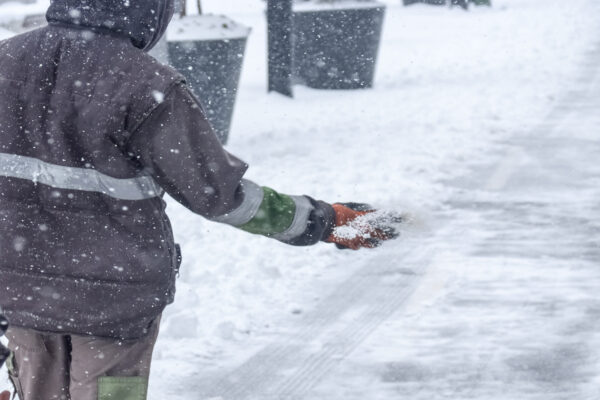Quinnipiac River Fund Supports Study of Salt Levels
Excessive Road Salting Brings Harms

During the winter months, enormous quantities of salt are used to melt the ice and snow on our roads and sidewalks. All of it eventually finds its way to streams, lakes and groundwater, and lingers in the environment in the summer months and beyond, according to a study funded by The Foundation’s Quinnipiac River Fund.
The study, led by Yale professor of environmental chemistry Gaboury Benoit, is measuring salt in storm water catch basins along roadsides and at points on the Quinnipiac River. The resulting information is helping in the creation of new technology that flushes salt from catch basins along with education campaigns to limit overuse. “When people are spreading salt by hand, they are often applying 100 times more than is useful or recommended,” says Benoit.
The project was one of nine supported by the Fund in 2023. The Quinnipiac River Fund’s 2024 grant application process is open through January 22. Learn more.
